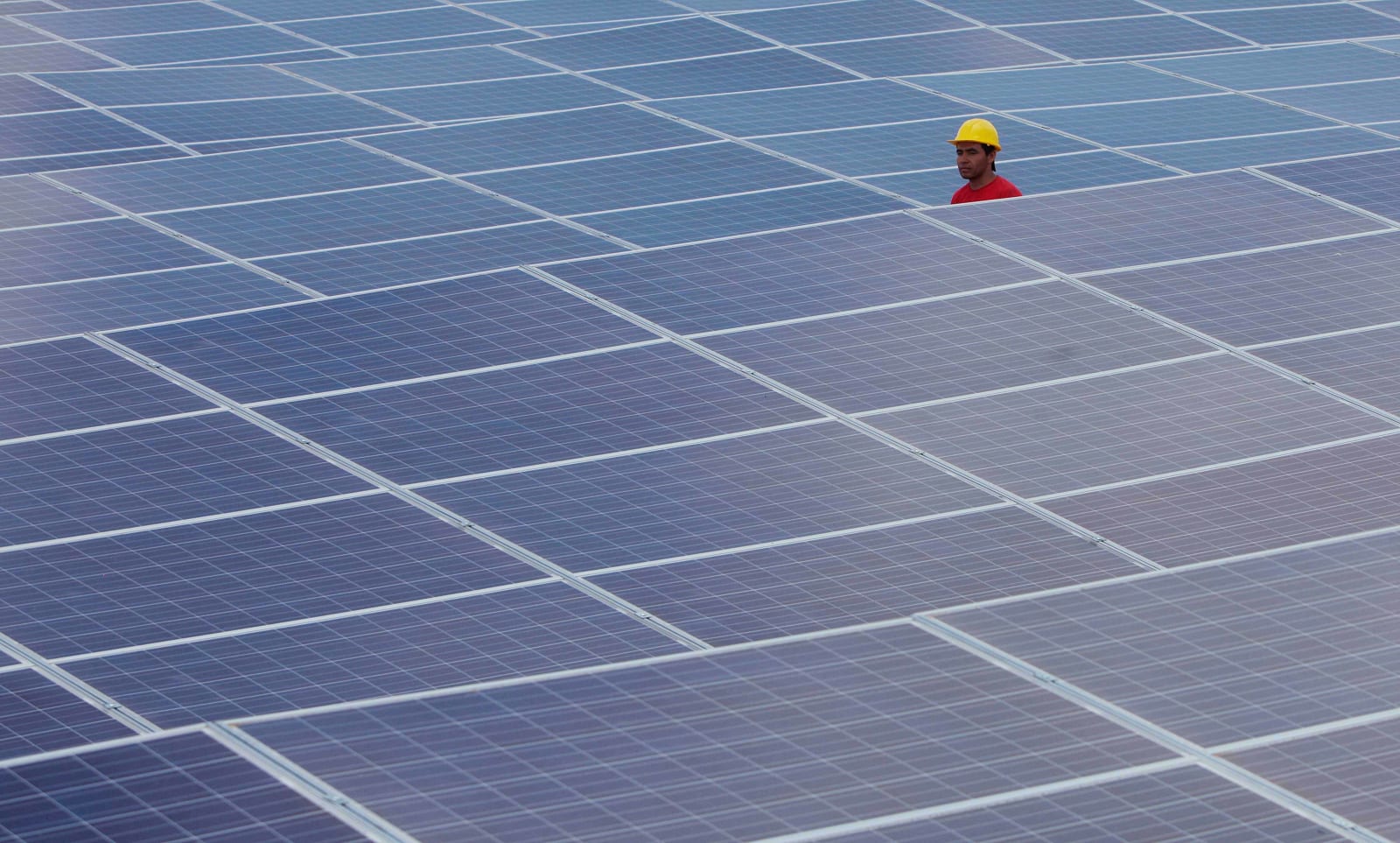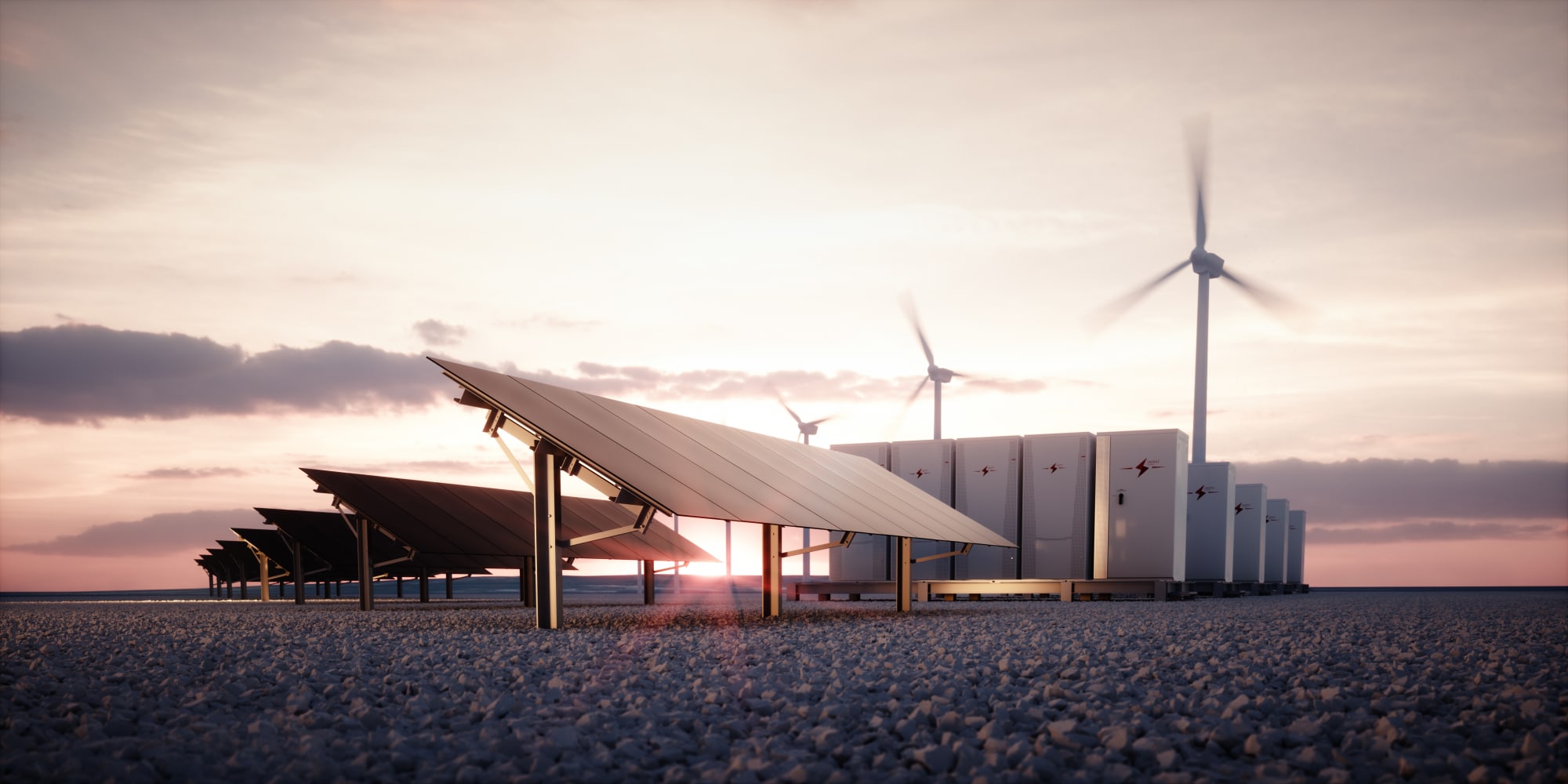Tag Archives: renewable energy
Organic concrete curves give an unconventional vibe to this sustainable luxury home

When I first saw the Domik house, it felt like someone brought a kid’s illustration to life in the most aesthetically pleasing way possible! Nestled into the sandhills south of Noosa National Park, Australia, this private residence is playful retention of modern architecture. It’s curves make it positively stand out (as curves always do!) and every crevice by Noel Robinson Architects is just giving us house goals!
Designed for a client who wanted a timeless and practical holiday home, I imagine he is truly enjoying his quarantine overlooking the Pacific Ocean because that is where I would be living out the pandemic if I had the option. The eco-home has 3 floors, 6 bedrooms, 9 bathrooms, and is one of Australia’s most expensive homes. The exterior is anything but that of a conventional house – it has several large domes stacked upon each other and covered with green roofs to blend in with nature. The unusual shape and use of natural materials truly optimize the natural sunlight and ventilation that Domik gets due to its premium location. It almost looks like the house is wearing a hooded cloak of eco-consciousness.
It was clear to the design team that sustainability was a very important aspect of the house – no air conditioning was to be installed and renewable energy should be used to generate power on-site along with using sustainable construction materials. So that is why the Domik house features an expansive rooftop solar array supported by a battery storage system. The design also incorporates the collection of roof water to be reused on-site. The internal non-loadbearing walls are made with hempcrete for thermal insulation (and acoustics!). Hempcrete has high carbon sequestration and is a fully recyclable product.
The sculptural forms were designed to give it an organic appeal and not destroy the landscape the house was in by using an angular build. The concrete arches were a smart move because they minimized the need for internal columns, made way for high ceilings, and maximized the space for spanning windows. The floor + footprint area of the property is massive and the landscape continues from the ground to the top using lightweight timber ‘eyelids’ to form the concrete arches. The residence is camouflaged into the natural setting seamlessly with the fluid shapes and gardened roofs. Quarantine or not, a getaway home has 3 cores – entertainment, sports, and health which is exactly what the team delivered with their eco-friendly and visually appealing design plan. Huge but still cozy!
Designer: Noel Robinson Architects



















If Greta Thunberg was a building, she would be this one!

Every day we are seeing innovative architecture that is blending tech with nature to fit our modern lifestyles while benefitting the environment. These hybrid structures that think about humans and nature alike often result in the most beautiful buildings. The latest addition in sustainable architecture is the Rainbow Tree in Cebu, Philippines by Paris-based Vincent Callebaut Architectures which reduces the carbon footprint of every future resident.
The design team has described the Rainbow Tree as a multi-faceted revealing structure that pays tribute to the cultural and natural Filipino heritage. Cebu is one of the 66 creative cities awarded by UNESCO for its innovation in design, fashion, architecture, and the production of eco-responsible furniture – an example of the new world we are trying to build. The aim was to design a residential apartment that blended the luxury lifestyle with a sustainable lifestyle while being LEED + BERDE certified (environmental certifications). The 32-story tower stands at 115-meter and will be built using solid wood which is a natural renewable material available in abundance locally while 30,000 plants will grace its exterior. The technique is a genius one – the wooden slats are perpendicularly superimposed and connected using structural, organic adhesives such as tannins, lignin, cellulose, or even starch. “This organic building integrates the principles of passive bioclimatism and advanced renewable energies. We named it ‘The Rainbow Tree’ because it is an ode to Eucalyptus Deglupta, also known as Rainbow Eucalyptus, an iconic and colorful tree from the Philippines,” says the team.
You must be thinking about the wood being a fire hazard but the Eucalyptus is a slow-burning wood that does not release toxic fumes and transmits heat 250 times slower than melting steel and 10 times slower than concrete which cracks under the effects of the flames. There are 1,200 geometric modules stacked to make the structure and each module’s side measures 4 meters with the height varying between 3.2 to 4.8 meters. All the timber modules are prefabricated and standardized in a factory for precise mass production. The Cross Laminated Timber manufacturing process requires much less energy than concrete or steel, and moreover it does not generate greenhouse gases. Fun fact: the construction industry is a larger contributor to global warming than the airline industry, particularly the production of concrete. The local plants in the interconnected terraces create a natural ventilation system and are the glue for a symbiotic relationship between the residents and nature.
The trees are cut and harvested in short circuits from eco-responsible forests where each tree cut is replaced by planting another in the archipelago. As the trees grow they store carbon which would be released if not used to build the Rainbow Tree into the atmosphere – for 1 ton of wood produced, about 0.9 tonnes of carbon is confined which means the building has a negative carbon footprint! If Greta Thunberg was an architectural marvel, she would definitely be the Rainbow Tree.
Designer: Vincent Callebaut Architectures












This air-powered outdoor survival device keeps you enroute, hydrated and safe!

The great outdoors – a treasure we all miss right now and one we must protect when we step out into our new normal in the future. Adventures always happen outside and A1R is an outdoor gadget that was specifically designed to inspire you to enjoy nature, grow with the environment, and gain a new perspective. While it was originally created for intermediate outdoor enthusiasts, it can actually be used by beginners as well and help them fall in love with nature.
A1R Powered Outdoor Gear gives you the tools that let you enjoy your hike or camping trip peacefully because you are equipped with a problem-solving gadget. Personally, I am someone who will panic if I am in a forest and things don’t go as planned so having like this on me is very reassuring as opposed to being left to survive with a map, compass, and my phone (which is probably in single-digit battery levels). A1R is a weatherproof device fueled by renewable energy source, air/wind, that lasts for days and serves the purpose of a navigator, power bank, tracker, water/snow/saltwater purifier, and an emergency beacon. Its basically a sleek and sustainable Jarvis for any camper.
When you feel well-equipped to deal with unplanned events is when you are more willing to take risks – this is where the actual growth happens and the user’s horizons expand not just physically in the outdoors but also as a person. A1R takes into account all elements that should be in an all-rounder survival gadget – it bridges the urban-outdoor gap, is mindful of using sustainable materials, focuses on empowering the user with new experiences and self-actualization. Let’s go on a design adventure to see how this concept was developed and all the features it has to reduce panic and increase peace!
Designer: Kendall Toerner and Alexander Ordonez



A1R Powered Outdoor Tools help outdoor enthusiasts enter the stretch zone, enabling them to discover and push their boundaries. It takes care of the 5 elements that can cause panic when you are on an adventure and gives you one device that works for your physical and digital needs thereby reducing the things you have to carry or keep a track of!


A1R solves the issues one faces during camping or exploring outdoors for days – it is reliable, durable, provides battery instead of draining it, keeps you connected with your group, and most importantly, keeps you hydrated in any situation. It is versatile and flexible to your needs while reducing the number of essentials you have to carry by providing the features in one portable device.

The portable device is made to be handheld and can expand as per your needs. It is ergonomic and fits with the modern, minimal aesthetic, unlike the existing outdoor tech tools. Its capsule-like slim build saves space in your backpack for other essentials.


The 3000 PSI compressed air module powers devices through both electrical and mechanical potential, and is much more reliable and sustainable than batteries because it’s durable, unaffected by cold temperatures or weather, and made of all recyclable materials.

Being powered by air means the downside of batteries are eliminated and as technology advances, every industry should consider using renewable energy sources to create long-lasting products that are also compatible with a sustainable lifestyle.


Use the accompanying pump on long journeys to recharge the power source anywhere at any time. 60 seconds of pumping provides 5 days of water purification, 3 days of navigation, 24 hours of communication, or a full headlamp charge.




You never have to worry about losing your trail, A1R takes into account offline navigation and has a very simple UI to keep it user-friendly because the last thing you need when you are lost is trying to figure out how to use a device that can help you. The aim is to reduce panic and not increase it.



During unprecedented circumstances, we can go without food but clean water is the most crucial essential. A1R lets you purify water anywhere and store up to 12 oz in the appliance and fill up 16 oz bottle one at a time. It works on purifying snow and saltwater too which makes it a versatile gadget to take to any outdoor setting.


The filter is durable and designed to last without needing to be replaced often. It also won’t break in freezing temperatures.


In case of emergencies, A1R enables you to send out a call for help with its beacon feature. It launches a 99% biodegradable balloon with a cellular radio that will have your initial GPS coordinates so first responders can get to your accurate location for help.




Stay connected at all times and find your friends if you are lost. A1R is powered by a supercapacitor and a GPS chip that will help you navigate through an antenna and ultra-low-power transceiver. Just tap and instantly charge the supercapacitor.




This article was sent to us using the ‘Submit A Design’ feature.
We encourage designers/students/studios to send in their projects to be featured on Yanko Design!
Clear skies and social distancing help Europe shatter solar energy records
Charge your Tesla and lower your electric bill with these solar blinds!

Renewable energy is our ticket to the future and the current climate crisis. From electric cars to sustainable tools, designers are changing the world for the better one product at a time. Joining that list are these Solar Blinds from SolarGaps that make your home smarter and your environment better. If you want to charge your Tesla without increasing your bill, this should be your first buy.
Solar Blinds help you save on your energy costs and reduces your electric bill by 30% compared to conventional energy usage costs, in simpler terms that is a third of your air conditioning bill if you live in a hot climate. These blinds can generate 100W per 1sqm which is enough to charge a smartphone, a laptop or power a tv. Solar Blinds also help you to massively reduce your carbon footprint – 1 sqm of solar energy can prevent 100 gms of carbon emissions. Now imagine the impact if your entire neighborhood will have if everyone installs these blinds. The blinds are meant for the future and they are created to be smart, you can control them with an app on your phone and they are also compatible with Amazon Alexa or Google Home. Another cool feature is that these solar-powered blinds can be used as an alarm clock in the morning by setting them at the time you want them to open.
“The idea to combine solar panels and blinds struck me when I saw sunflowers in the field turning to face the sun. With my invention, I wanted to claim that everyone is responsible for saving our planet,” says Yevgen Erik, CEO of SolarGaps and I love how being an accountable citizen of this world is now more accessible with his design.
Designer: SolarGaps






Oil giant BP plans to be carbon neutral by 2050
 BP is probably the last company you'd expect to go carbon neutral given the nature of its main business, but it's trying regardless. The oil and gas producer has unveiled plans for the company to reach "net zero" CO2 levels (both in emissions and in...
BP is probably the last company you'd expect to go carbon neutral given the nature of its main business, but it's trying regardless. The oil and gas producer has unveiled plans for the company to reach "net zero" CO2 levels (both in emissions and in...
Rain may soon be an effective source of renewable energy
 There have been numerous attempt to generate electricity using rain, but this may be one of the more effective solutions yet. Researchers have developed a generator that uses a field-effect transistor-style structure to instantly produce a surprisin...
There have been numerous attempt to generate electricity using rain, but this may be one of the more effective solutions yet. Researchers have developed a generator that uses a field-effect transistor-style structure to instantly produce a surprisin...
Amazon plans three solar power projects in the US and Spain
 Amazon continues to face criticism for its lack of environmental commitments, but it's making at least some strides toward reducing its impact on the planet. The internet giant has unveiled plans for three new solar power projects, two of them in th...
Amazon continues to face criticism for its lack of environmental commitments, but it's making at least some strides toward reducing its impact on the planet. The internet giant has unveiled plans for three new solar power projects, two of them in th...
Berkeley scientists develop better batteries for storing renewable energy
 Switching to renewable energy sources is key for lessening our dependence on fossil fuels and protecting the environment, but there's a catch with deploying greener solutions at scale. When the wind drops or the sun sets for the night, we need a way...
Switching to renewable energy sources is key for lessening our dependence on fossil fuels and protecting the environment, but there's a catch with deploying greener solutions at scale. When the wind drops or the sun sets for the night, we need a way...